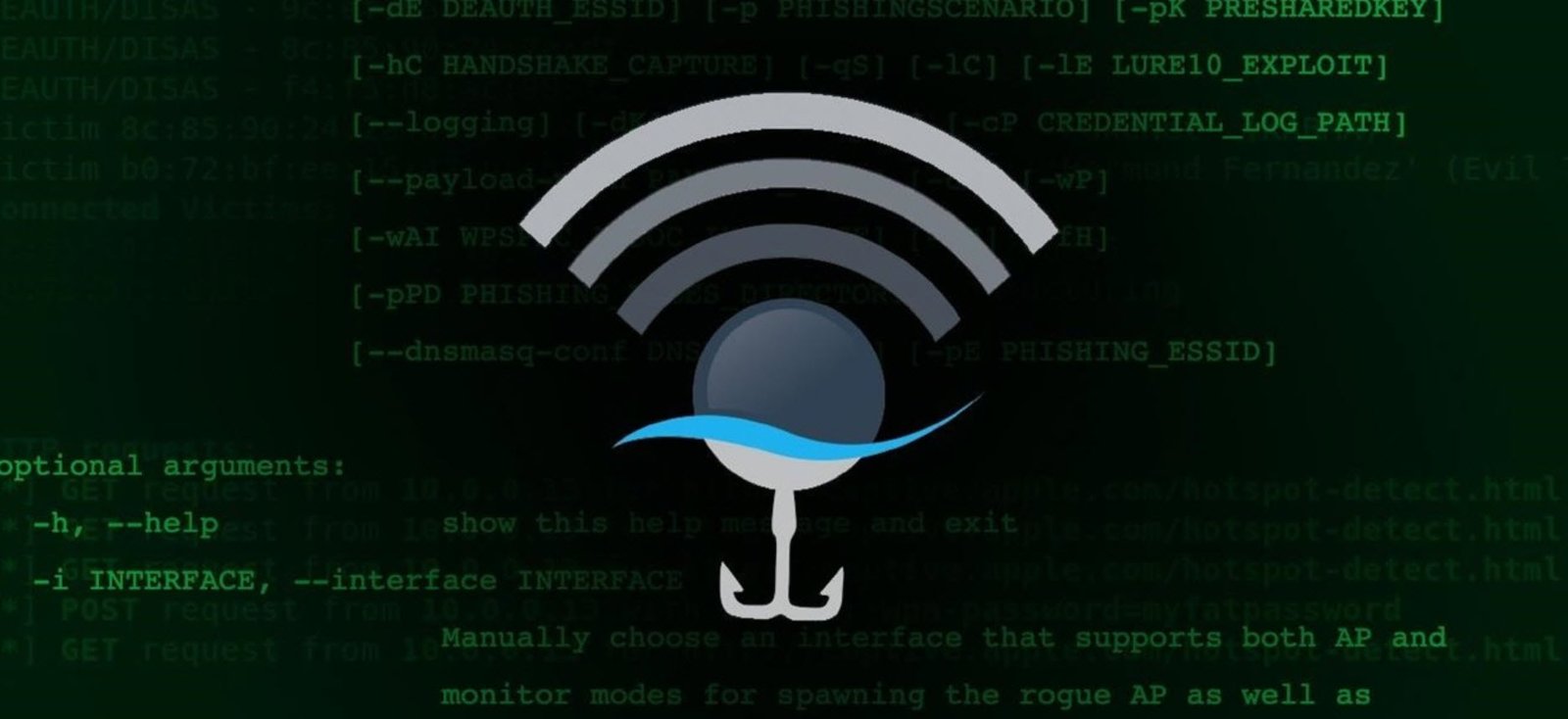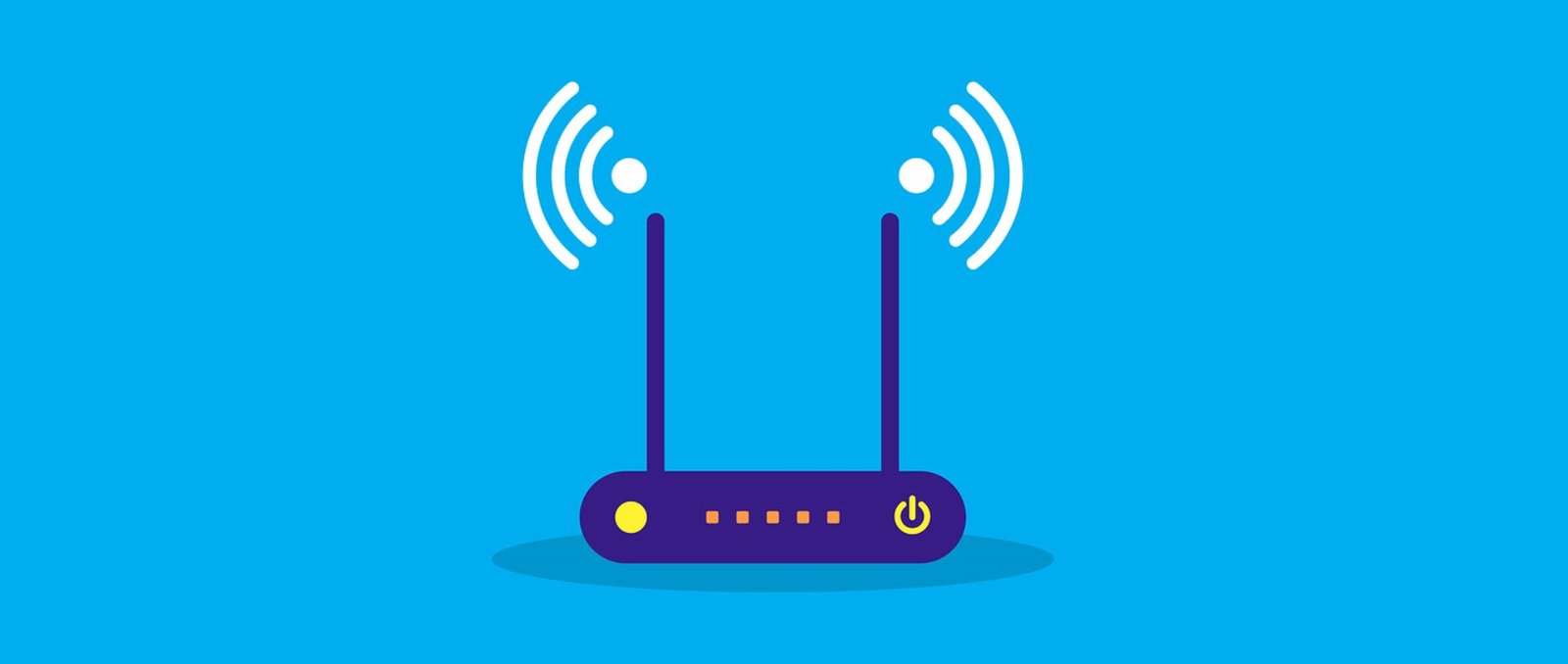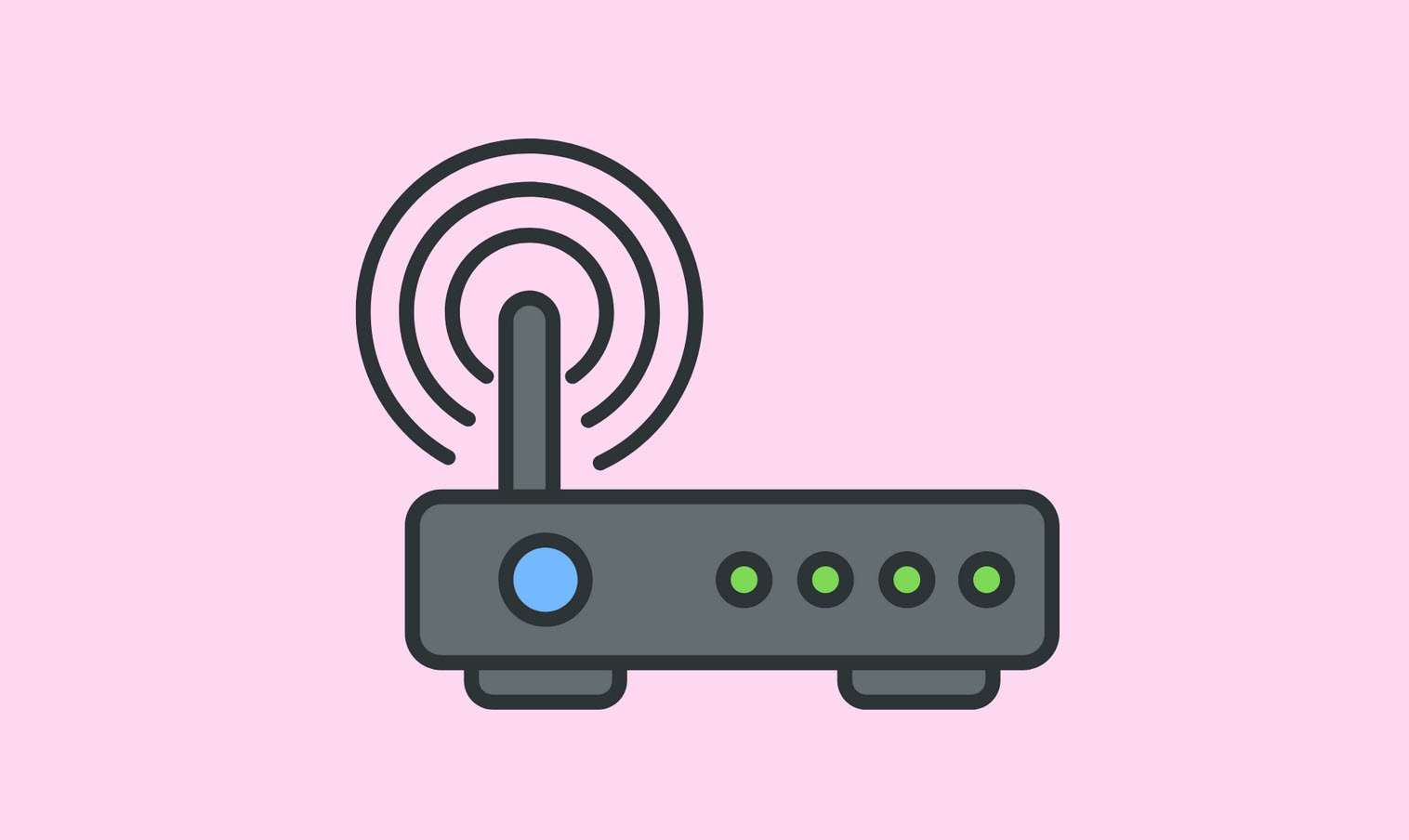
There are many advantages to using wireless networking. However, this kind of technology comes with a host of threats and vulnerabilities that hackers can take advantage of. Since information is sent over the air via radio frequencies, it is easier for hackers to intercept it compared to wired connections.
Also Read:
- [Kali Linux] Crack Wireless Password (WPA2-PSK) in 8 Easy Steps
- Pros and Cons of Wireless Networks
- Breaking Into Wireless Networks From The Internet
- Wireless Issues, Types, Applications and Its Technologies
- How to Bypass Mac Filtering on Wireless Networks
- Wireless Adapter Packet Injection Test
- 700+ Wireless Networking Abbreviations
- Wireless Networks – Questions With Answers
- Common Terms Related to Wireless Networking and Security
This is more so when the information being sent isn’t encrypted, or the encryption algorithm is pretty weak.
Wireless networks consist of 4 basic elements:
- A wireless access point that connects to the network
- Data being transmitted via radio frequencies
- The Client device used, such as a laptop, tablet, etc.
- The users
Every one of these elements can be targeted by a hacker to compromise at least one of the three major objectives of a secure network: availability, integrity, and confidentiality
Wireless Network attacks
- Accidental association
- Malicious Association
- Ad-hoc Networks
- Non-traditional networks
- MAC Spoofing
- Man-in-the-middle Attacks
- Denial of Service Attacks
- Network Injection Attack
1. Accidental association
It is possible for a wireless network to be hacked accidentally. In some cases, one wireless network overlaps with another, thus enabling any user to jump into another unintended network accidentally. This may seem benign but a malicious hacker can take advantage of this and gain access to information that should not have been exposed in such a manner. If the overlapping networks belong to organizations, then the link can be used to steal proprietary data.
2. Malicious Association
This occurs when malicious hackers gain access to a private network using their own device rather than through the legitimate access point (AP). A hacker can create a “soft AP,” which can be a laptop with software that makes its wireless network card appear to be a genuine access point. This allows the hacker to steal passwords, attack computers, or send users Trojan horse programs. A hacker can effectively have full control of every computer that joins the fake network.
3. Ad-hoc Networks
These are networks between two wireless computers with no access point separating them. Such networks can be attacked quite easily since they rarely have adequate protection.
4. Non-traditional networks
These include Bluetooth devices, wireless printers, handheld PDAs, and barcode readers. These kinds of networks are rarely secured by IT personnel since all the focus is usually on laptops or access points. This makes them fair game for malicious hackers.
5. MAC Spoofing
This is a form of identity theft where a hacker monitors network traffic in order to identify which computer has network privileges. The aim is to steal the MAC (Media Access Control) address of that particular computer within the network. The majority of wireless systems have a MAC filter that allows only specific computers with specific MAC addresses to access and use the network.
A hacker may get software that is able to “sniff” the network to find these authorized computers and their IDs, and then employ other software that allow the hacker’s computer to use these stolen MAC addresses.
6. Man-in-the-middle Attacks
This occurs when a malicious hacker sets up their laptop as a soft access point and then lures other users to use it. The hacker then connects the soft access point to a genuine access point using a different wireless card, thus forcing users to go through the fake AP to reach the real one. This enables the hacker to sniff out whatever information they want from the traffic.
This type of attack has been made easier by software such as Air Jack. Wireless Hotspots are a great place to launch this kind of attacks since there is hardly any meaningful security on such networks.
7. Denial of Service Attacks
This is where a hacker continuously sends numerous requests, commands, and messages to a specific access point until the network crashes, or just to prevent genuine users from getting onto the network.
8. Network Injection Attack
A malicious hacker injects counterfeit networking re-configuration commands into an access point that doesn’t filter traffic. These fake commands bring down the entire network or switches, routers, and hubs, forcing a reboot or reprogramming of every networking device
You may also like:- How To Easily Crack Wi-Fi Password
- Securing Your Wireless – Best Practices for Wi-Fi Security
- Wireless Vulnerability Assessment Process – A Brief Guide
- The Pros and Cons of Wireless Data
- 20 Essential Tips for a Secure and Efficient Wireless Network
- Top 6 Different Modes of Wireless Network Adapters in Kali Linux
- 150+ Important Wireless Networking Abbreviations
- Wireless Security Standards – A Brief Guide
- Hacking And Securing Wireless Networks – A Brief Guide
- 200+ Wireless Multiple Choice Questions and Answers








